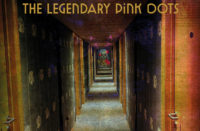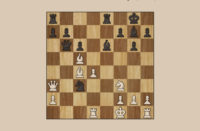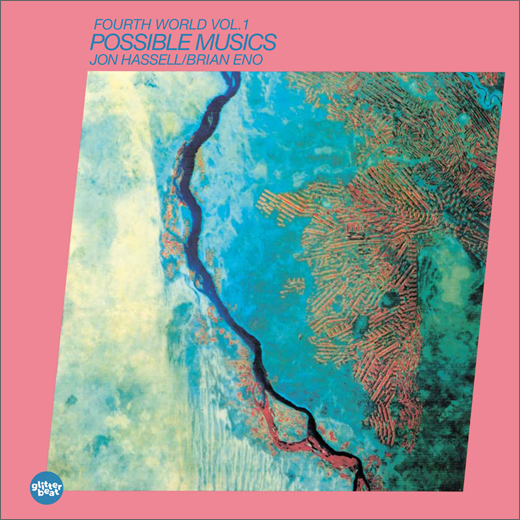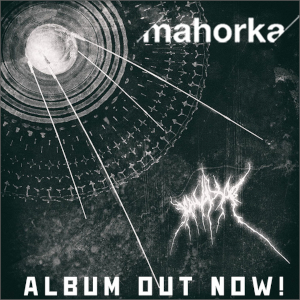Engaging with the (re-issued) Fourth World as an experience should be the listeners focus. It’s as much about your own connection to what’s being heard as it is about Hassell’s own reflections of world music.
Jon Hassell said it himself, “without Brian Eno’s name on this record, it wouldn’t have got anywhere.” Perhaps detracting from his own sex appeal, Hassell wasn’t a household name compared to Eno – their blossoming friendship during the late 70s resulted in the two loosely collaborating to create Fourth World. Despite this being labeled a Jon Hassell/Brian Eno record, it’s really a Jon Hassell record with Brian Eno as producer, “Eno had assumed that it was going to be a producer credit, and I (Jon) was thinking, ‘gee I would really like to make some money off this’ and he was very, very popular at the time and his name meant a lot, so I said I’ll be first, it’ll be ‘Jon Hassell slash Brian Eno’ and that would help the sales,” candidly reflects Mr Hassell.
Hassell comes from an academic realm, studying alongside Stockhausen although never finishing a PhD in musicology. Thus experimentation is in the nature of his work. Fourth World is full of worldly noises, exotic bass notes, ambient drones and ethereal synths. In a 2007 interview with the Guardian, Eno praised Hassell for applying huge emotional ranges in his work, and it’s true there’s a great deal of moodiness throughout. Stockhausen’s work is concerned with the mathematics of sound yet Hassell focuses on the more experiential.
Surprisingly, Fourth World moves along rather quickly. These ambient trips last on average a mere 4 minutes, it’s only the final number, “Charm” that clocks in at 21:37. More surprising is the structure of Hassell’s work. It’s very acutely pieced together with a focus on rhythm, percussion and bass. Hassell himself is a trumpet player, and the manipulations of his instrument are often heard layered on top of the previous. Ambient is not the all inclusive term to describe Fourth World, it’s a collage of many other styles, a combination of ambiance and structured instrumentation throughout. There’s a heck of a lot more control in these compositions than the ambient label would trick one into thinking.
Opener “Chemistry” is a very structured piece, the bass guitar notes dictating the ebb and flow of the track. “Delta Rain Dream” is avant-garde and strange, with wailing trumpets heard throughout. “Griot” is a worldly piece, sounding outside of Western and European cultures, it has nuances of Middle Eastern melody heard via the trumpet. “Ba-Benzele” openly refers to the music of Africa, the Ba-Benzele pygmies. “Rising Thermal” is an electronic trip, Hassell’s trumpet oddly drifting in a loop throughout. Final number, “Charm” is an archetypal ambient jam, heavily cultured in its influences.
Fourth World Vol.1: Possible Musics in Hassell’s own terms is about putting together music with strong cultural traditions alongside modern technology. “Fourth World was like 3+1. The idea to merge the traditional and spiritual side from the Third World with the First World technology, using the harmonizer and that kind of thing.”
Engaging with Fourth World as an experience first should be the listeners focus. It’s as much about your own connection to what’s being heard as it is about Hassell’s own reflections of world music. Dive in.
Fourth World Vol. 1: Possible Musics (re-issue) is available on Glitterbeat.

















